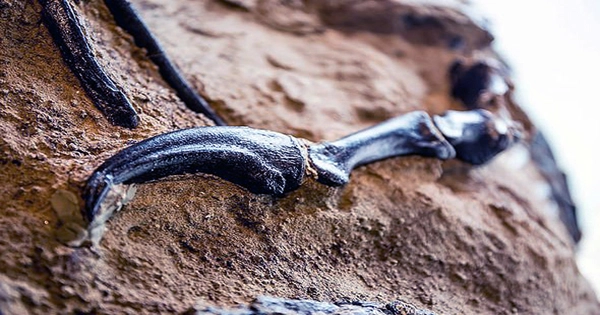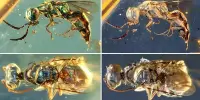When Mexican officials were alerted to a cave filled with human skulls ten years ago, they mistook it for the scene of a horrible current murder. A new study shows that these skulls may have been the product of 1,000-year-old ritual human sacrifices, in which victims were beheaded and their heads were placed on a trophy rack within the cave. Investigators collected the bones and began investigating them in [state capital] Tuxtla Gutierrez, believing they were looking at a murder scene, according to Mexico’s Instituto Nacional de Antropologa e Historia (INAH).
“We still don’t know exactly how many there are since some are highly fractured,” physical anthropologist Javier Montes de Paz said at a video briefing on the early results. While you might be wondering how an archaeological site became mixed up with a current murder scene, it wasn’t immediately obvious since the skulls didn’t match the expected finds from the historical period.
Skulls from pre-Hispanic Indigenous societies are frequently “bashed-in” and put in ritual circles, but these were found completely intact in a cave near Frontera Comalapa, Chiapas, Mexico. According to the Associated Press, such conditions would be ideal for local violent gangs renowned for human trafficking to dump human remains. The bones, however, are far older, according to DNA analyses. A few more human bones, including tibias, were recovered beside the skulls, but no full burial was uncovered.
Each skull had its teeth removed, as was customary at the period, and the presence of wooden poles shows that the skulls were set on a tzompantli, or “alter of skulls.” Mesoamerican cultures employed these scaffold-like structures to exhibit the skulls of prisoners or sacrifices, with one containing 650 heads in a vast complex. “Many of these constructions were built of wood,” Montes de Paz explained, “a material that vanished with time and may have toppled all the skulls.”
The remains are considered to date from 900 to 1200 CE, based on changes to the cranium. Human sacrifice was considered to appease the gods and contribute to the Aztec people’s continuous success at the period, and sacrifices might range from adult males and females to little infants.
“We’ve identified the skeletal remains of three children, but the majority of the bones are from adults, and they’re mostly from women,” Montes de Paz said. Archaeological work in the region will now continue to reveal more of the extraordinary discovery, and the experts are urging the public to contact INAH if they come across any additional remains in the Frontera Comalapa area.















